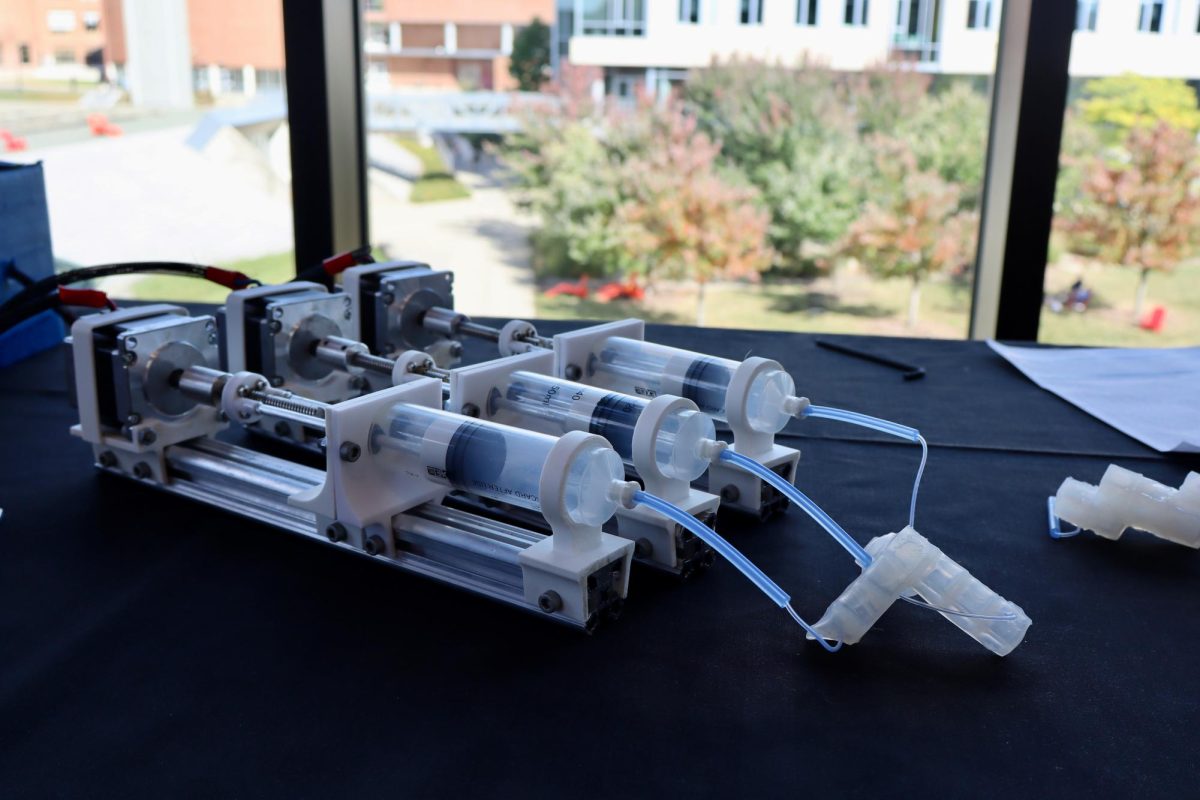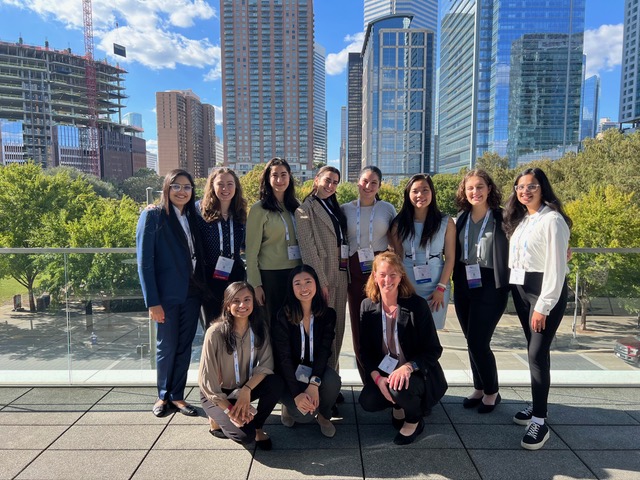Chemists at the University of Massachusetts have developed a new polymer-based method for converting sunlight into electricity.
Using the new method, the UMass chemists have created photovoltaic devices which are responsible for the conversion of sunlight into electricity, something they hope will lead to more efficient power production than possible by the current generation of semi-conductors.
Featured in the current issue of the Journal of the American Chemical Society (JACS), the work of harnessing solar energy has been accomplished by UMass professor of chemistry Sankaran Thayumanavan and colleagues, including collaborations with others at the University of California-Riverside.
The article, titled “Dendritic and linear macromolecular architectures for photovoltaics: A photo induced charge transfer investigation,” was selected by the journal’s editors to be featured in a special series, “Harnessing Energy for a Sustainable World.”
According to the editors of JACS, the research by Thayumanavan and his colleagues will transform the way engineers design future photovoltaic devices.
“Innovation through scientific discovery is a necessary component of much societal advancement,” the editors added. “To truly implement sustainable practices, energy must be harnessed more cleanly and stored for efficient distribution and use. This systems-level change sometimes referred to as the New Industrial Revolution, will require novel materials as well as savvy analysis and modeling to ensure success.”
According to Thayumanavan, the method used by all of the collaborators on this project originated in nature with experimentation on various plants with the use of organic molecules to mimic the photosynthetic machinery of the plants.
“Our method is inspired by an energy-harnessing process that plants use in nature, which evolved over millions of years to be efficient in terms of capturing a lot of energy and transporting it short distances without power loss,” Thayumanavan said.
In addition to his standing position as a professor of the University, Thayumanavan is also the director of the UMass Fueling the Future Center for Chemical Innovation.
The mission of the Fueling for the Future Center for Chemical Innovation, according to their web site, is to discover and apply the chemical design principles needed for making organic charge-conducting materials with tunable transport properties for renewable energy applications.
The Center also educates students in the skills they may require to provide a well-informed and highly trained workforce for future technological developments, as well as how to translate such discoveries to the scientific industry for increased job opportunities.
The students also conduct public outreach activities to inform the general public in the latest developments of the chemical sciences and stimulate participation in future endeavors.
“In the future, photovoltaic devices may no longer rely on slower, less efficient human-made semi-conductors,” Thayumanavan added. “Our work should lead to lighter, more efficient and sustainable photovoltaics.”
“The hope,” Thayumanavan said, “is that such a bio-inspired design could approach the conversion efficiency that plants achieve naturally.”
Jennifer Heshion can be reached at [email protected].


















